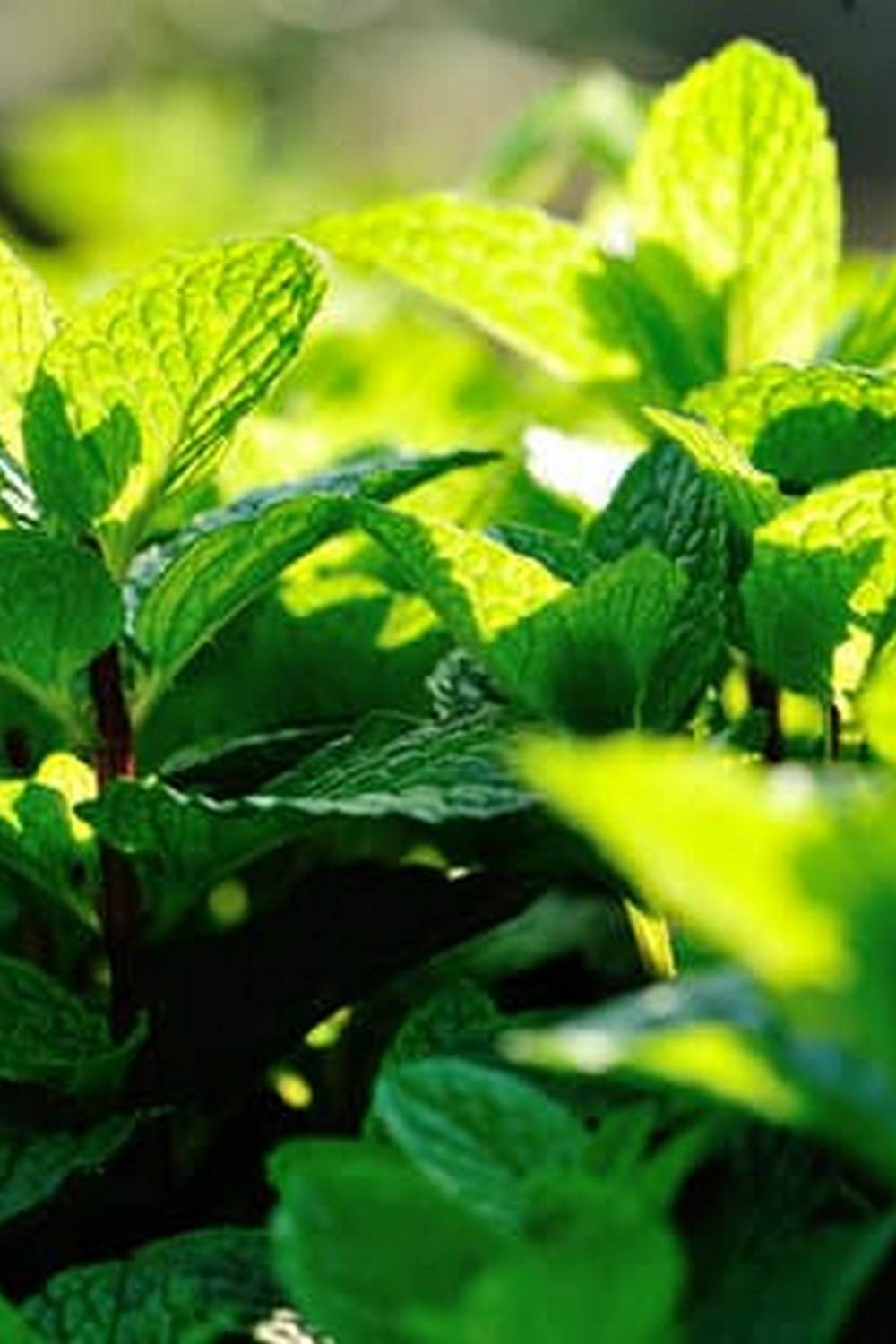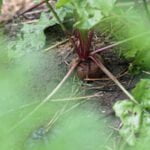Flowers that compliment vegetable gardens play a crucial role in enhancing the overall health and productivity of the garden. The concept of companion planting involves strategically placing flowers alongside vegetables to promote better growth, deter pests, and attract beneficial insects. By integrating flowers into vegetable gardens, not only do you add aesthetic appeal, but also provide numerous benefits like increased pollination and natural pest control.
The benefits of planting flowers in vegetable gardens are manifold. Flowers such as marigolds can help repel pests, while others like sunflowers attract bees for pollination. Additionally, the vibrant colors and fragrant blooms of flowers can create a visually appealing contrast with the greens of vegetables. Choosing the right flowers involves considering factors like color coordination, height variations for aesthetic appeal, blooming season to ensure continuous flowering, and compatibility with specific vegetable varieties.
When selecting flowers for your vegetable garden, it is important to take into account their sunlight requirements. Sun-loving flowers like zinnias and petunias thrive in full sunlight and can complement a variety of vegetables in the garden.
On the other hand, shade-tolerant options such as impatiens or hostas are ideal for areas with limited sunlight. For beginner gardeners looking for low-maintenance options, there are plenty of easy-to-care-for flowers that can thrive alongside vegetables without much fuss.
Benefits of Planting Flowers in Vegetable Gardens
Planting flowers in vegetable gardens not only adds aesthetic appeal but also provides a myriad of benefits that can enhance the overall health and productivity of the garden. One significant advantage of incorporating flowers into vegetable patches is the improvement of pollination.
Bees, butterflies, and other pollinators are attracted to colorful blooms, which increases the chances of successful pollination in vegetable plants. This, in turn, leads to better fruit set and higher yields in crops such as tomatoes, cucumbers, and squash.
In addition to enhancing pollination, flowers play a crucial role in attracting beneficial insects to the garden. Predatory insects like ladybugs and lacewings are natural enemies of common garden pests such as aphids and caterpillars.
By planting flowers that provide nectar and pollen for these beneficial insects, gardeners can create a balanced ecosystem that helps control pest populations organically. Marigolds, coneflowers, and lavender are examples of flowers that not only attract pollinators but also beneficial insects that help keep vegetable plants healthy.
Moreover, the presence of flowers adds beauty and diversity to vegetable gardens, transforming them into vibrant living spaces. The colorful blooms not only create visual interest but also contribute to creating a harmonious environment where both vegetables and flowers thrive together. By carefully selecting flowering plants that complement the vegetables in terms of color scheme, height variation, and blooming season, gardeners can create visually appealing displays while reaping the numerous benefits that flowers bring to their vegetable patches.
Choosing the Right Flowers
When selecting flowers to compliment vegetable gardens, it is essential to consider various factors such as color, height, blooming season, and compatibility with the vegetables being grown. Choosing the right flowers can not only enhance the visual appeal of the garden but also contribute to the overall health and productivity of the plants.
Color
The color of the flowers can have a significant impact on the aesthetics of the garden. Opt for flowers that complement the colors of the vegetables or provide a pleasing contrast. For example, pairing yellow sunflowers with green leafy vegetables can create a vibrant and visually appealing display. Additionally, consider using a mix of colors to create a diverse and colorful landscape.
Height
The height of the flowers is another crucial factor to consider when planning your garden layout. Taller flowers can provide shade and support for climbing vegetables like beans or peas. On the other hand, shorter flowers can be planted as borders or ground cover around smaller vegetable plants. Be mindful of how tall each flower will grow to ensure they do not overshadow or crowd out your vegetable crops.
Blooming Season
It is essential to choose flowers that bloom at different times throughout the growing season to maintain a continuous source of nectar and pollen for beneficial insects. Select a mix of early, mid, and late blooming flowers to attract pollinators like bees and butterflies when needed most. This diversity in blooming times can help support the overall health and productivity of your vegetable garden.
Compatibility With Vegetables
When selecting flowers for your vegetable garden, make sure they are compatible with the specific requirements of your crops. Some flowers may attract pests that could harm your vegetables, while others may compete for nutrients or space.
Research which flowers work well with certain types of vegetables and choose varieties that will benefit both plants mutually. By considering these factors when choosing flowers for your vegetable garden, you can create a harmonious and thriving ecosystem that will enhance your gardening experience.
Sun-Loving Flowers for Vegetable Gardens
When planning a vegetable garden, incorporating flowers that thrive in full sunlight can not only add beauty but also provide numerous benefits to your plants. Sun-loving flowers can attract pollinators, beneficial insects like ladybugs and bees, and even repel pests that may harm your vegetables. The key is to choose flowers that complement your vegetable plants while thriving in the same growing conditions.
Here is a list of sun-loving flowers that are perfect for planting alongside your vegetable garden:
- Marigolds: Known for their vibrant colors, marigolds help deter pests like nematodes and whiteflies from attacking your vegetables.
- Zinnias: These colorful flowers attract butterflies and bees while adding a pop of color to your garden.
- Sunflowers: Not only do sunflowers bring a cheerful touch to the garden, but they also provide food for birds and beneficial insects.
When selecting sun-loving flowers for your vegetable garden, consider factors such as height (to avoid shading out smaller plants), blooming season (for continuous color throughout the growing season), and compatibility with the vegetables you are growing. By carefully choosing the right combination of flowers and vegetables, you can create a harmonious environment that promotes healthy growth and biodiversity.
Shade-Tolerant Flowers for Vegetable Gardens
When designing a vegetable garden, it’s crucial to consider the lighting conditions for optimal plant growth. While vegetables typically require ample sunlight, there are areas within the garden that may be shaded due to nearby structures or tall plants. However, this doesn’t mean you can’t incorporate flowers into these shaded areas. In fact, there are numerous shade-tolerant flowers that can thrive and add beauty to your vegetable garden while attracting beneficial insects.
Here is a list of shade-tolerant flowers that are perfect for complementing vegetable gardens in shady spots:
- Impatiens: Known for their vibrant colors, impatiens are excellent choices for adding pops of color in shaded areas. These flowers require minimal maintenance and bloom continuously throughout the summer.
- Astilbe: With feathery plumes in shades of pink, red, or white, astilbes add a touch of elegance to shady corners of the garden. They prefer moist soil and can withstand partial shade.
- Bleeding Heart: The unique heart-shaped flowers of bleeding hearts make them a favorite among gardeners. These plants thrive in partially shaded areas and bloom profusely in spring.
By incorporating these shade-tolerant flowers into your vegetable garden, you not only enhance its aesthetic appeal but also provide vital support to your vegetable plants by attracting pollinators and natural predators that help control pests organically. Remember to consider the height, color coordination with your vegetables, and blooming seasons when choosing flowers for shaded areas to create a harmonious and visually pleasing garden space.
Easy-to-Care-for Flowers for Beginner Gardeners
Planting flowers that compliment vegetable gardens doesn’t have to be a daunting task, especially for beginner gardeners. In fact, selecting low-maintenance flowers can be a great way to introduce beauty and biodiversity into your vegetable garden without overwhelming yourself with complex care routines. These flowers not only require minimal attention but also offer benefits such as attracting pollinators and beneficial insects to help your vegetable plants thrive.
One excellent option for easy-to-care-for flowers in vegetable gardens is the Marigold. Marigolds are known for their vibrant colors and strong fragrance that can deter pests such as aphids and nematodes from damaging your vegetables. They are also resilient plants that can withstand various soil conditions and do not require excessive watering.
Another low-maintenance flower choice is the Zinnia, which comes in a variety of bright hues to add a pop of color to your garden. Zinnias are drought-tolerant and attract butterflies, making them a delightful addition to any vegetable patch.
For beginner gardeners looking for fuss-free flowers that still provide beauty and benefits to their vegetable gardens, Sunflowers are an excellent choice. Sunflowers are easy to grow from seeds, requiring little more than regular watering and ample sunlight to thrive. Their large blooms not only create a striking visual display but also attract pollinators like bees and butterflies to ensure successful fruit set on your vegetable plants.
| Flower | Benefits |
|---|---|
| Marigold | Deters pests, attracts pollinators |
| Zinnia | Adds color, attracts butterflies |
| Sunflower | Easy to grow, attracts pollinators |
Seasonal Blooms
In spring, flowers such as tulips, daffodils, and pansies are popular choices for adding color to the garden after the winter months. These early bloomers bring a sense of freshness and renewal to the space, signaling the start of a new growing season. Additionally, they provide food and nectar for bees and other pollinators that play a crucial role in fruit and vegetable production.
As summer arrives, flowers like zinnias, marigolds, and sunflowers take center stage in the garden. These bright and cheerful blooms thrive in the warm weather and can withstand long hours of sunlight. Their vibrant colors not only create a striking visual display but also attract butterflies and hummingbirds, further promoting biodiversity in the garden. Summer blooms also help to combat pest infestations by inviting predatory insects that feed on harmful pests.
Moving into fall, flowers such as mums, asters, and goldenrods offer a burst of color before winter sets in. These autumn blooms provide a final splash of vibrancy before plants start to go dormant for the colder months.
In addition to their aesthetic appeal, fall flowers serve as an important food source for migrating birds and insects preparing for winter hibernation. By incorporating seasonal blooms into their vegetable gardens, gardeners can create a dynamic and ever-changing landscape that evolves with each passing season.
| Flower Type | Season |
|---|---|
| Tulips | Spring |
| Zinnias | Summer |
| Mums | Fall |
Tips for Successful Flower and Vegetable Garden Integration
In conclusion, incorporating flowers that compliment vegetable gardens can greatly benefit the overall health and productivity of your garden. By understanding the concept of companion planting and carefully selecting the right flowers, you can enhance pollination, attract beneficial insects, and add beauty to your vegetable patch. The careful consideration of factors such as color, height, blooming season, and compatibility with vegetables is crucial in creating a harmonious balance between flowers and vegetables.
When it comes to successful flower and vegetable garden integration, it is important to pay attention to planting techniques, spacing, and maintenance practices. Properly spacing out your flowers and vegetables will prevent overcrowding and allow each plant to thrive without competing for resources. Additionally, regular maintenance tasks such as watering, weeding, and fertilizing should be carried out consistently to ensure the health of both your flowers and vegetables.
By following these tips and guidelines for flower and vegetable garden integration, you can create a vibrant and productive garden where flowers not only add aesthetic appeal but also contribute to the overall well-being of your vegetable plants. Experiment with different combinations of sun-loving or shade-tolerant flowers based on the specific needs of your garden space.
With some dedication and care, you can enjoy a beautiful and bountiful garden that showcases the perfect harmony between flowers and vegetables.
Frequently Asked Questions
What Flowers Go With Vegetable Garden?
Flowers that go well with vegetable gardens are those that attract beneficial insects like bees and butterflies, such as marigolds, zinnias, and sunflowers. These flowers not only add beauty but also help with pollination.
What Are the Best Pollinator Flowers for Vegetable Gardens?
The best pollinator flowers for vegetable gardens are ones that are rich in nectar and pollen, providing food sources for bees, butterflies, and other pollinators. Examples include lavender, borage, and coneflowers which can attract these helpful creatures to your garden.
What Flowers Keep Pests Away From Vegetables?
Flowers that keep pests away from vegetables act as natural repellents due to their strong scents or properties that repel certain insects. Plants like chrysanthemums, nasturtiums, and petunias can help deter pests such as aphids, beetles, and whiteflies from damaging your vegetable plants.

If you’re looking to get into vegetable gardening, or are just looking for some tips on how to make your current garden better, then you’ve come to the right place! My name is Ethel and I have been gardening for years. In this blog, I’m going to share with you some of my best tips on how to create a successful vegetable garden.





